T4K3.news
Flesh eating bacteria surge hits US coasts
A rise in Vibrio vulnificus infections prompts health officials to study climate and storm effects across the Southeast.

A rise in Vibrio vulnificus infections prompts health officials to study climate and storm effects across the southeastern United States.
Flesh eating bacteria surge puzzles scientists on US coasts
Health officials report a rise in Vibrio vulnificus infections along the southeastern United States this year. Florida has 16 cases so far, Louisiana 17, North Carolina seven, and Mississippi three. At least five deaths have been attributed to the bacteria this year, including four in Louisiana and one in Florida's coastal counties. Vibrio vulnificus infections can be rapidly serious, with roughly 20 percent of cases fatal.
The bacteria thrive in warm seawater and can enter the body through open wounds or by eating contaminated raw seafood, especially oysters. Researchers are exploring whether unusually warm water and higher plankton levels in Florida's panhandle are linked to the surge, and whether post-hurricane floodwaters contribute to spread. Health officials urge people with open wounds to cover them when swimming and to seek medical care promptly if infection signs appear, since early antibiotic treatment can limit damage.
Key Takeaways
"This is certainly not normal, that’s one thing."
Antarpreet Jutla on the unusual spike.
"Something happened this year that triggered the pathogens a little bit more."
Jutla on unknown triggers.
"Early treatment with antibiotics can prevent serious complications."
Health guidance from experts.
"Protect wounds before entering ocean waters."
Public health advice.
The spike highlights how climate shifts and weather events can influence coastal pathogens. Warmer seawater and higher plankton levels may support larger Vibrio populations, while post-hurricane floodwaters can spread bacteria to new areas. The pattern underlines the need for ongoing surveillance and public health messaging.
Beyond the science, the development tests local economies from fishing to tourism. Officials must balance clear risk communication with avoiding panic, and communities must practice practical protections while maintaining normal seaside life. If the trend continues, the health system will face higher demand and seafood industries may adjust operations to reduce risk.
Highlights
- Heat and storms rewrite the map of infection
- Protect wounds and seek care early
- Early antibiotics save lives in this fast moving threat
- This year looks unlike any before for coastal bacteria
Ongoing monitoring will show whether this year marks a turning point.
Enjoyed this? Let your friends know!
Related News

Warm seas drive surge of flesh-eating Vibrio along coasts
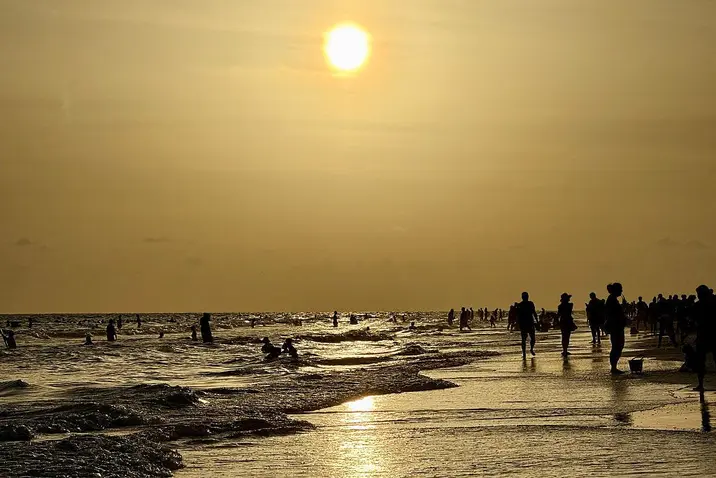
Rise in flesh-eating bacteria cases alarms health officials
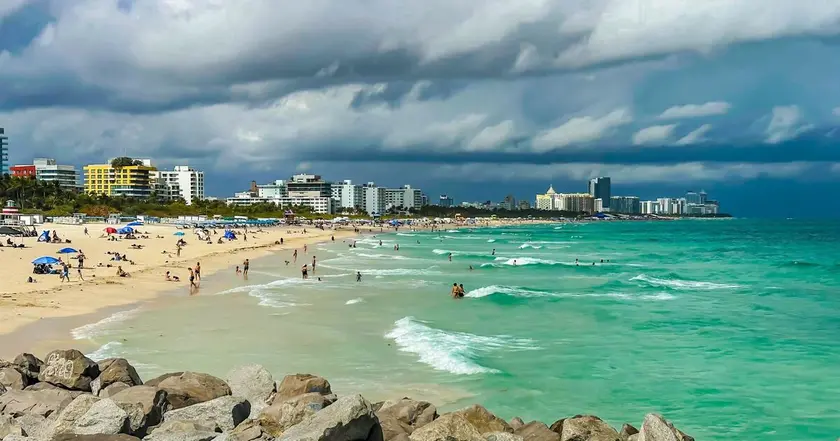
Four deaths reported from flesh-eating bacteria in Florida
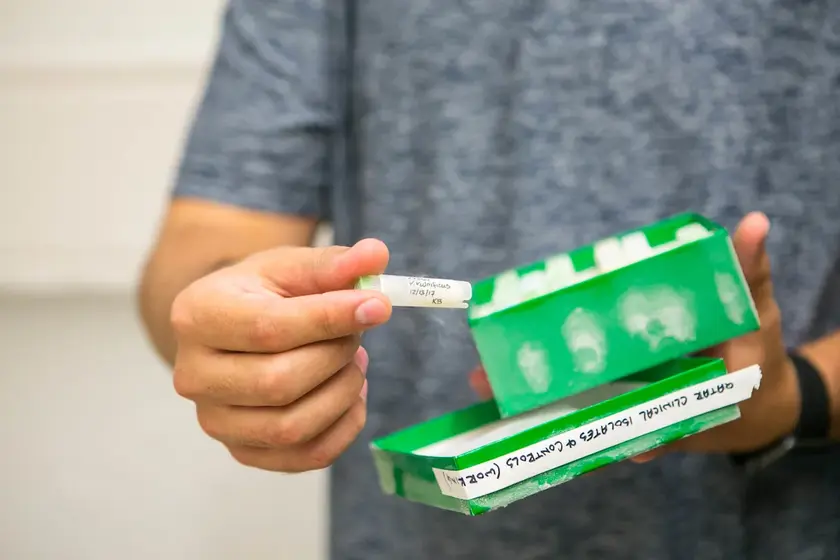
Four fatalities reported from flesh-eating bacteria in Florida
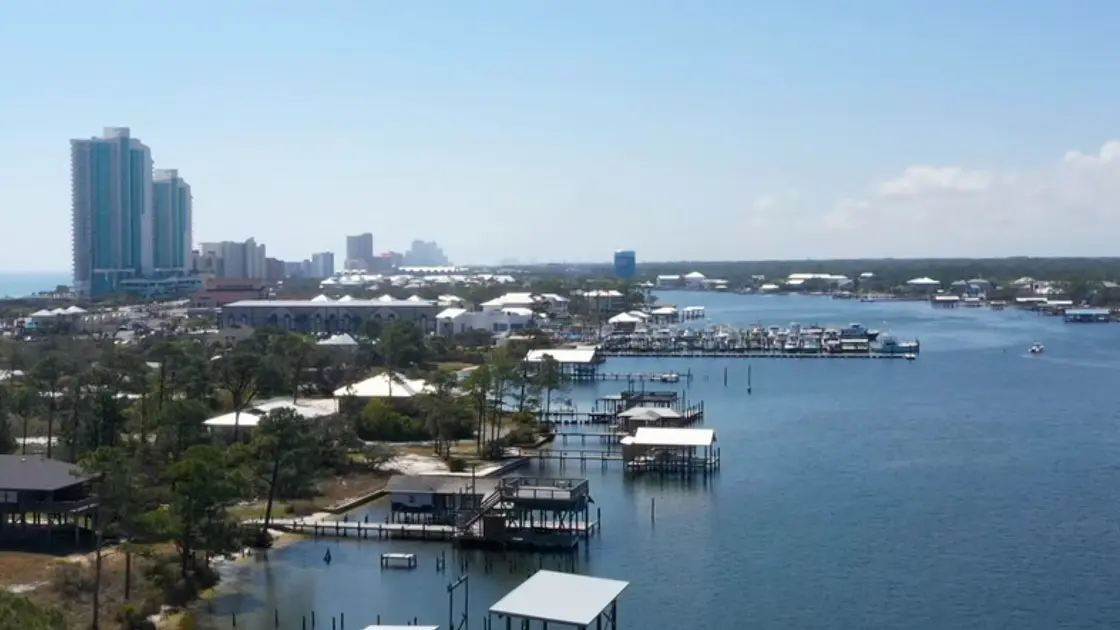
Health officials report increase in flesh-eating bacteria cases
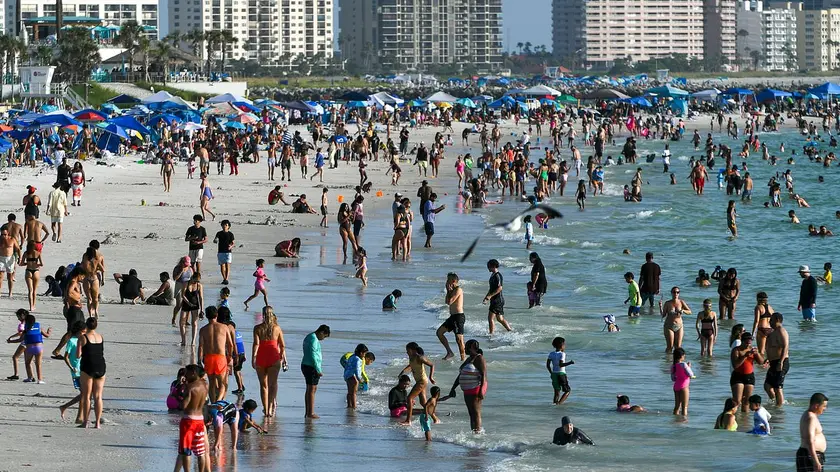
Flesh-eating bacteria outbreak in Louisiana

Health alert issued for Gulf Coast Vibrio cases
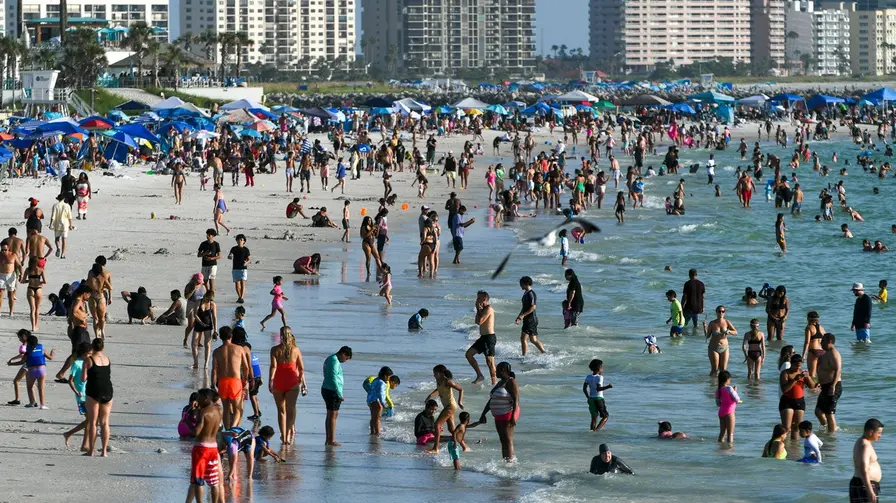
Vibrio Vulnificus Cases Rise in Southern US
